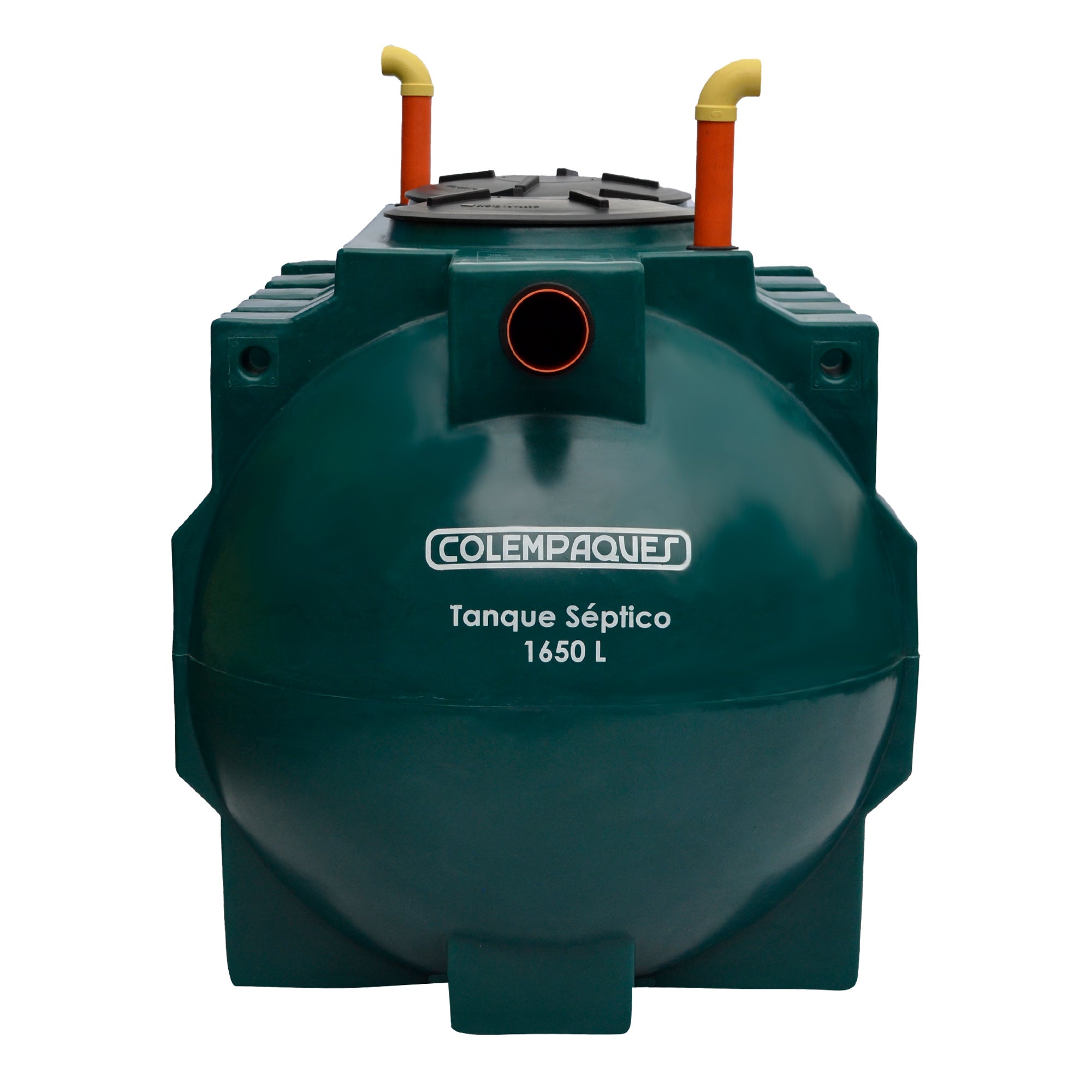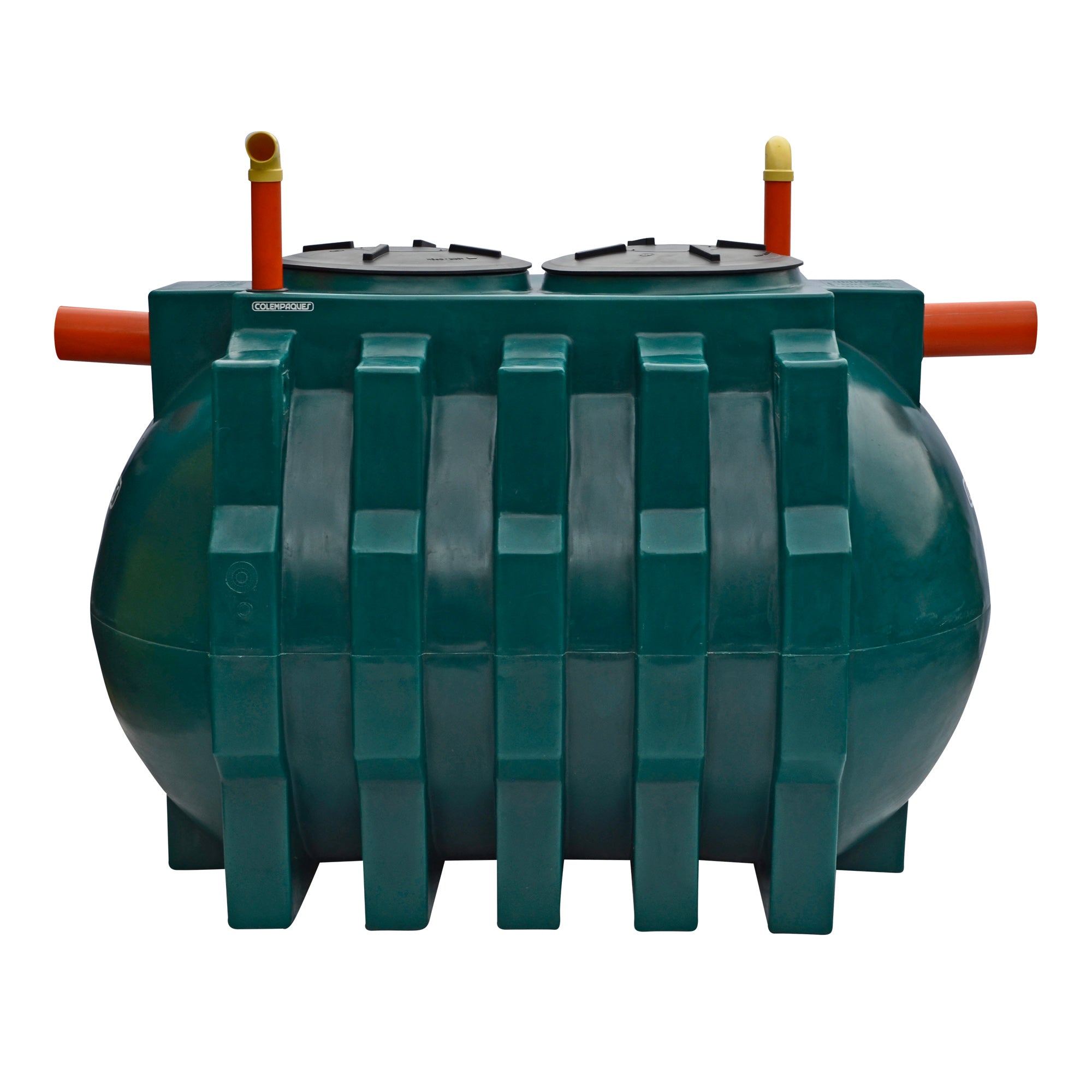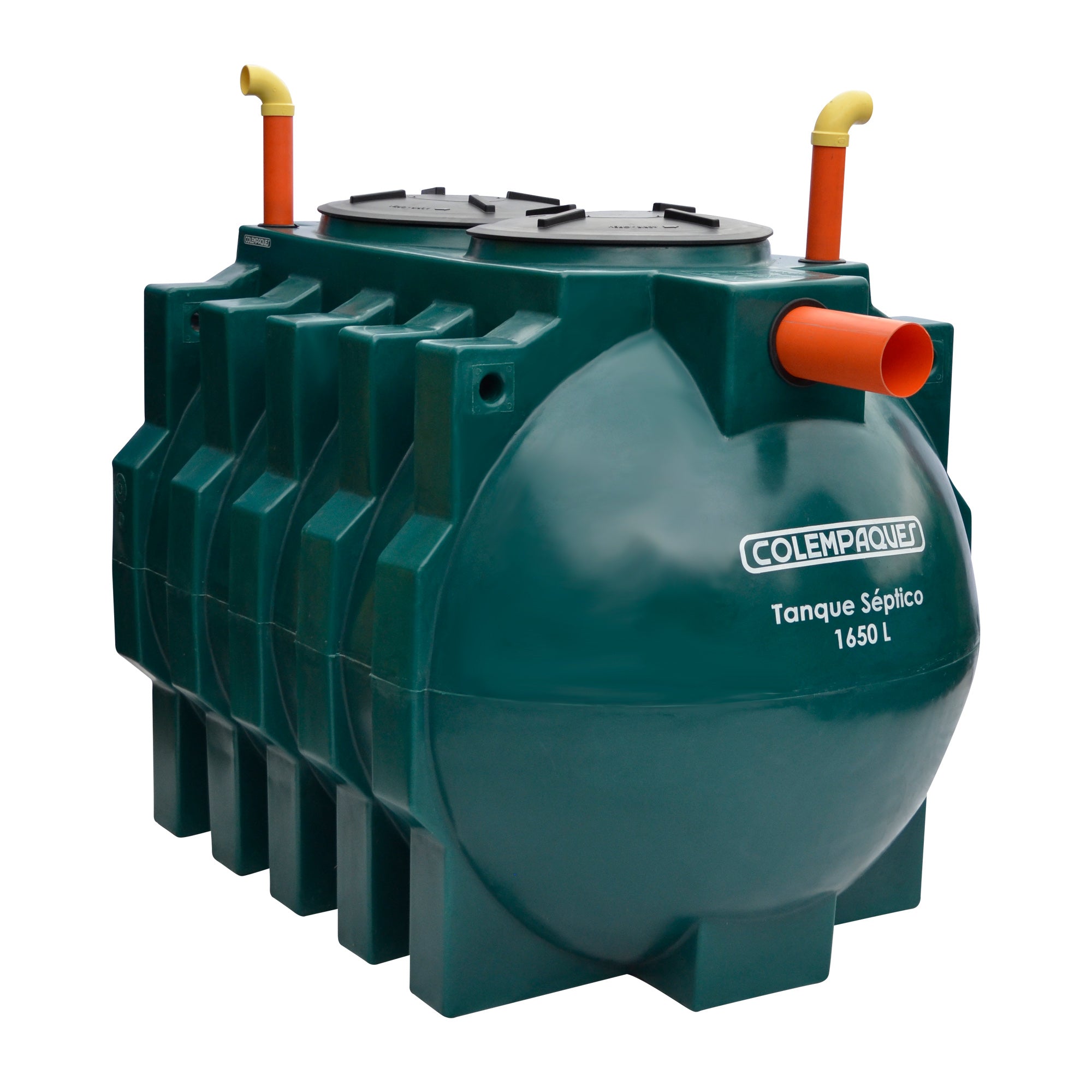SKU:
IMHOFF Horizontal Septic Tank 1650 Liters
Our 1,650-litre Imhoff COLEMPAQUES Horizontal Septic Tank is the best solution for the first and second phase of your wastewater treatment system. Its horizontal design, with reinforcement veins, is structural and makes it resistant to external ground pressures. Therefore, it is 100% buried and self-supporting and does not require masonry or additional works for its installation. Connect the pipes from the toilets to this Imhoff COLEMPAQUES Septic Tank and let the wastewater begin its treatment through a separation and sedimentation process. It includes a decanter accessory, which facilitates the separation of solids as soon as they enter the septic tank. Thanks to its large capacity in litres, the system allows excellent hydraulic retention times, which ensures better separation and sedimentation of solids. Once installed, we recommend that you complement your treatment system with a COLEMPAQUES Anaerobic Filter, in which a second phase of treatment can be carried out for the decomposition and digestion of feces. This product is easy to install and inexpensive to maintain. It has a wide cover to apply treatment, dispose of water and finally extract sludge. The product must never remain empty while buried.
Additional product information
Shipping times
Our times are subject to destination and availability. You can check this at checkout.
In addition, you can consult your trusted specialist for installation services. We provide technical support to ensure your installation is a success.

Frequently Asked Questions
It is a wastewater pretreatment system used in places where there is no connection to a public sewer network.
The size is determined by the number of users that a septic system can support, which is variable and depends on multiple factors, such as water consumption or soil type.
We recommend that you consult a sanitary engineer or septic system specialist to perform the necessary calculations and design a system suitable to your needs.
Frequency may vary depending on factors such as system size, number of users, and usage.
Recommendations:
- Inspections: At least once a year to check the level of sludge and grease, and the general condition of the system.
- Cleaning: Every year, depending on the size of the tank and its use. This cleaning consists of removing accumulated sludge and grease.
To ensure the proper functioning of the bacteria in the septic system. There are black waters and grey waters:
Black water: This is all waste water that comes from toilets and dishwashers. The organic load contained is highly polluting, so water must be treated before filtering into the ground, in order to prevent damage to the subsoil or aquifers in the region. This water is what passes through the septic system.
Grey water: This is all waste water that comes from sinks, dishwashers and showers. It should not pass through the septic system due to its high content of antibacterial soaps that can harm the functioning of bacteria in the anaerobic filter.
- Bad odors: They can be caused by a problem in the tank, in the drain field or by lack of maintenance.
- Overflows: A full tank can cause overflows on the surface. Make sure you purchase a septic system with a larger capacity to ensure proper hydraulic retention times.
- Wet or waterlogged areas: May indicate a problem in the infiltration or drainage field.
- Chemicals: Harsh detergents, bleach, paints, solvents and other chemicals can kill beneficial bacteria in the tank.
- Fats and oils: Fats and oils solidify in pipes and can clog the system.
- Wet wipes: Although some are biodegradable, they can clog pipes.
- Feminine hygiene products: Should not be flushed down the toilet.






